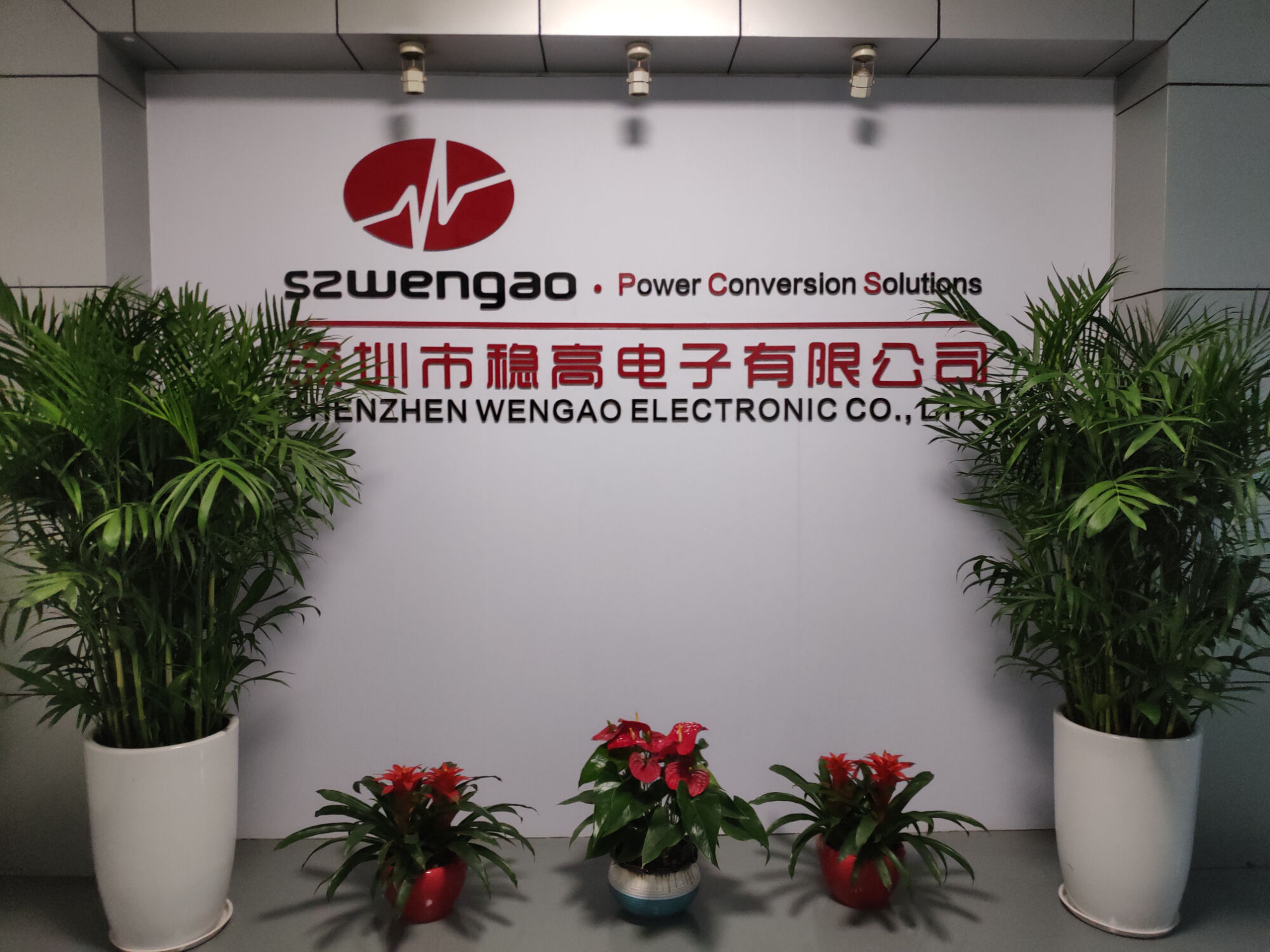Application Advantages of Non-Isolated BUCK Converters Compared to Isolated Step-Down Converters
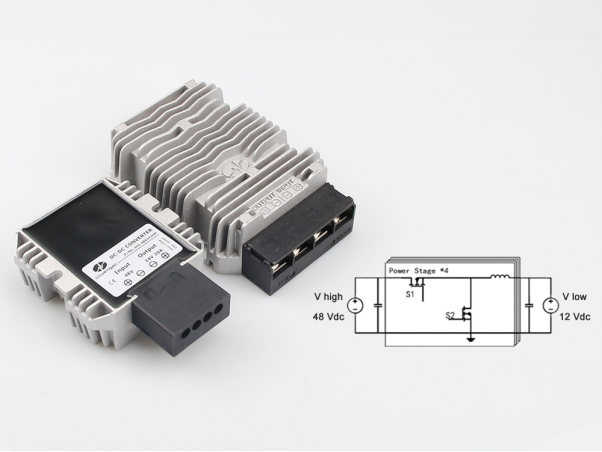
Non-isolated BUCK converters and isolated step-down converters are both DC-DC converters, each having its advantages in different application scenarios. Here are some application advantages of non-isolated BUCK converters compared to isolated step-down converters:
Compact and Lightweight: Non-isolated BUCK converters are typically more compact and lightweight than isolated step-down converters. This makes them more suitable for applications with space and weight constraints, such as mobile devices, portable electronic products, and automotive electronic systems.
Cost-Effective: Due to the absence of additional isolation components (such as transformers), non-isolated BUCK converters usually have lower costs. In cost-sensitive applications, this makes non-isolated BUCK converters an economical choice.
High Efficiency: Non-isolated BUCK converters often exhibit higher efficiency since they do not involve energy transfer through transformers. This is particularly significant for power systems requiring efficient conversion, such as battery-powered devices.
Low Input-Output Voltage Differential: As the input voltage approaches the output voltage, non-isolated BUCK converters typically achieve lower input-output voltage differentials. This is an important advantage for applications sensitive to input voltage variations, such as battery-powered devices.
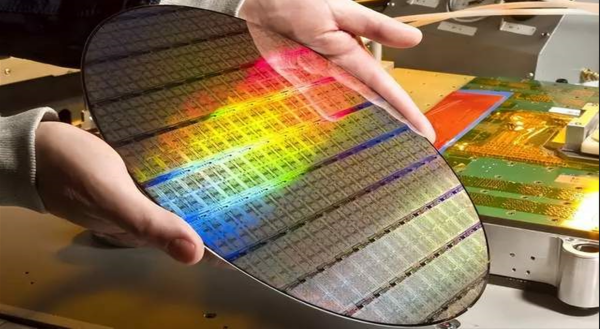
In the early stages, hindered by technological constraints and semiconductor processes, the widespread adoption of the Buck topology progressed slowly. However, Buck control chips, after many years of development, have achieved a series of significant breakthroughs in their stability.
High Integration and Advanced Process Technology: With the continuous advancement of semiconductor technology, the process technology of Buck control chips has entered a more advanced stage. Highly integrated chip designs reduce the number of components, alleviate the burden on the circuit board, and enhance the overall system stability.
Digital Control Technology: In recent years, the application of digital control technology in Buck control chips has been increasing. Digital control allows for more flexible and precise power management, enabling dynamic adjustments to the output through digital signal processors (DSP) or microcontrollers. This technology improves system response speed and stability.
Advanced Feedback Control Algorithms: Improved feedback control algorithms contribute to enhancing the stability and responsiveness of Buck control chips. Some advanced algorithms can more accurately adjust the output voltage, minimize the impact of load variations on the system, and thereby improve the overall performance of the power supply system.
Power Modules and Integrated Inductors: Some Buck control chips are now combined with power modules and integrated inductors, reducing the number of external components and enhancing the reliability and stability of the entire system.
Low Power Design: For applications with high demands on power consumption, low-power designs for Buck control chips are becoming more prevalent. This design helps reduce system energy losses, improving the overall efficiency and stability of the entire system.
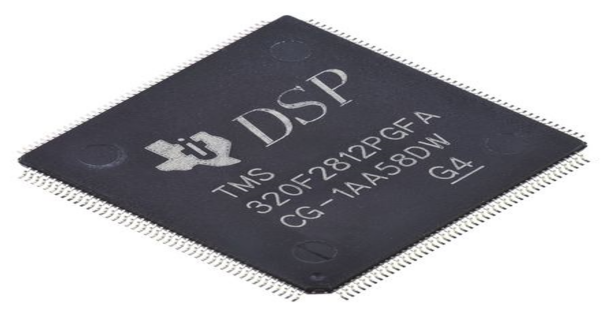
The breakthroughs in the stability of Buck control chips are primarily attributed to advanced process technology, digital control techniques, improved feedback control algorithms, and high integration with other components. The continuous development of these technologies has propelled the enhancement of performance in Buck control chips, leading to their widespread applications across various domains. Additionally, the improved stability of Buck control chips has significantly contributed to the expansion of their application areas. Here are some aspects where the application of Buck control chips continues to expand after the improvement in stability:
Power Management Sector: The enhanced stability positions Buck control chips as crucial components in the field of power management. They find extensive use in a variety of electronic devices and systems, including laptops, tablets, smartphones, and other portable electronic products. Stable power outputs are essential for the performance and reliability of these devices.
Communication Devices: With the continuous evolution of communication technology, the application of Buck control chips in base stations, communication network equipment, and various communication terminals is steadily increasing. Improved stability contributes to providing reliable power, ensuring stable operation of communication devices under different working conditions.
Automotive Electronic Systems: In the automotive industry, Buck control chips are widely applied in electric vehicles, hybrid cars, and traditional internal combustion engine vehicles. The increased stability enables Buck control chips to better adapt to the complexity of vehicle power systems, providing efficient and reliable energy conversion.
Industrial Automation: In the field of industrial automation, Buck control chips play a crucial role in various control systems and industrial equipment. The improved stability helps ensure stable operation of these systems in demanding industrial environments, enhancing the reliability and efficiency of industrial automation systems.
Wearable Devices and Internet of Things (IoT): With the proliferation of wearable devices and the Internet of Things, there is a growing demand for small, efficient power solutions. The improved stability of Buck control chips makes them a commonly used component in these fields, supporting long-term operation of small devices.
In conclusion, after the improvement in stability, Buck control chips not only consolidate their presence in existing domains but also continually expand into emerging fields, meeting the diverse industry demands for efficient and reliable power management.

The future development trends of Buck converters may include the following aspects:
High Integration and Miniaturization: As the demand for space in electronic devices becomes increasingly stringent, Buck converters will focus more on high integration and miniaturization. New process technologies and advanced packaging techniques will contribute to achieving more compact and lightweight designs, meeting the requirements of various modern devices.
Proliferation of Digital Control: The application of digital control technology in Buck converters is expected to become more widespread. Digital control provides greater flexibility and programmability, helping optimize system performance, improve response speed, and make it easier to adapt to complex power management requirements.
Higher Energy Efficiency: With a growing emphasis on energy efficiency, Buck converters will continue to evolve towards higher efficiency. Through improved designs, reduced power consumption, and the adoption of new power semiconductor materials, future Buck converters are expected to offer higher energy conversion efficiency.
Addressing High Power Demands: With the increasing power demands of electronic devices, Buck converters will encounter applications requiring higher power. Therefore, future development trends may include support for higher power, increased handling capacity for higher currents, and higher power density.
Widespread Application in Emerging Technology Fields: With the continual emergence of new technologies such as 5G communication, electric vehicles, artificial intelligence, etc., Buck converters will play a crucial role in a broader range of application areas. They will adapt to the demands of these emerging technologies, providing efficient and stable power support.
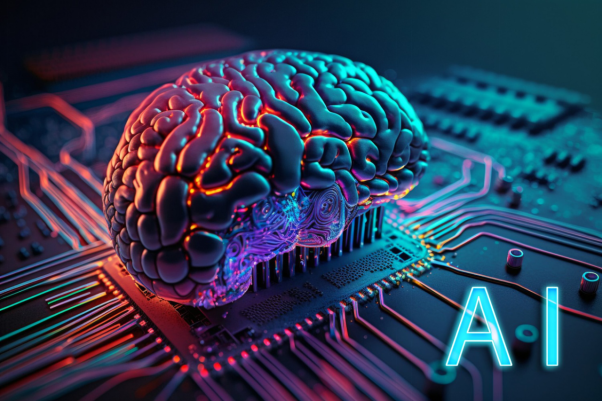
The future development of Buck converters will continue to evolve towards higher integration, digital control, high efficiency, and adaptation to emerging technologies to meet the evolving challenges of power management needs and application scenarios. Additionally, Buck converters are likely to see widespread applications in the hardware domain of future AI systems to meet the demand for efficient and stable power. In the field of AI hardware, Buck converters may find extensive use in:
AI Accelerators and Processors: With the increasing complexity of artificial intelligence computing tasks, dedicated AI accelerators and processors are widely employed. These chips often require efficient power management under varying workloads. Buck converters can be utilized to provide stable and efficient power for these processors, ensuring they receive the required energy for high-performance computing.
Deep Learning Training and Inference Chips: Chips designed for deep learning tasks, involving extensive computational capabilities, also have heightened power system requirements. Buck converters can be employed for power management in these chips, ensuring stable operation under high load conditions.
Edge Computing Devices: As edge computing gains popularity, AI processing tasks are increasingly applied directly on devices, such as smart cameras, sensors, and embedded systems. Buck converters can provide efficient and compact power solutions for these edge computing devices, adapting to limited space and power constraints.
Smart Internet of Things (IoT) Devices: With the development of the Internet of Things, the application of AI in various smart IoT devices continues to grow. Buck converters can be used to provide high-efficiency power for these devices, enabling them to perform local intelligent decision-making and processing before connecting to the cloud.
Robotics Technology: In the field of robotics, where artificial intelligence is utilized for functions like autonomous navigation, visual perception, and decision-making, Buck converters can contribute by providing power support. This ensures that robots maintain efficient performance across various tasks.
Recommended Products
Hot News
-
Application Advantages of Non-Isolated BUCK Converters Compared to Isolated Step-Down Converters
2024-01-23
-
DC-DC Converters Showcase Remarkable Advantages in Outdoor Off-Grid Applications
2024-01-23
-
DC to DC Battery Charger - Wide input and Noise immunity for dual battery system applications
2024-01-19
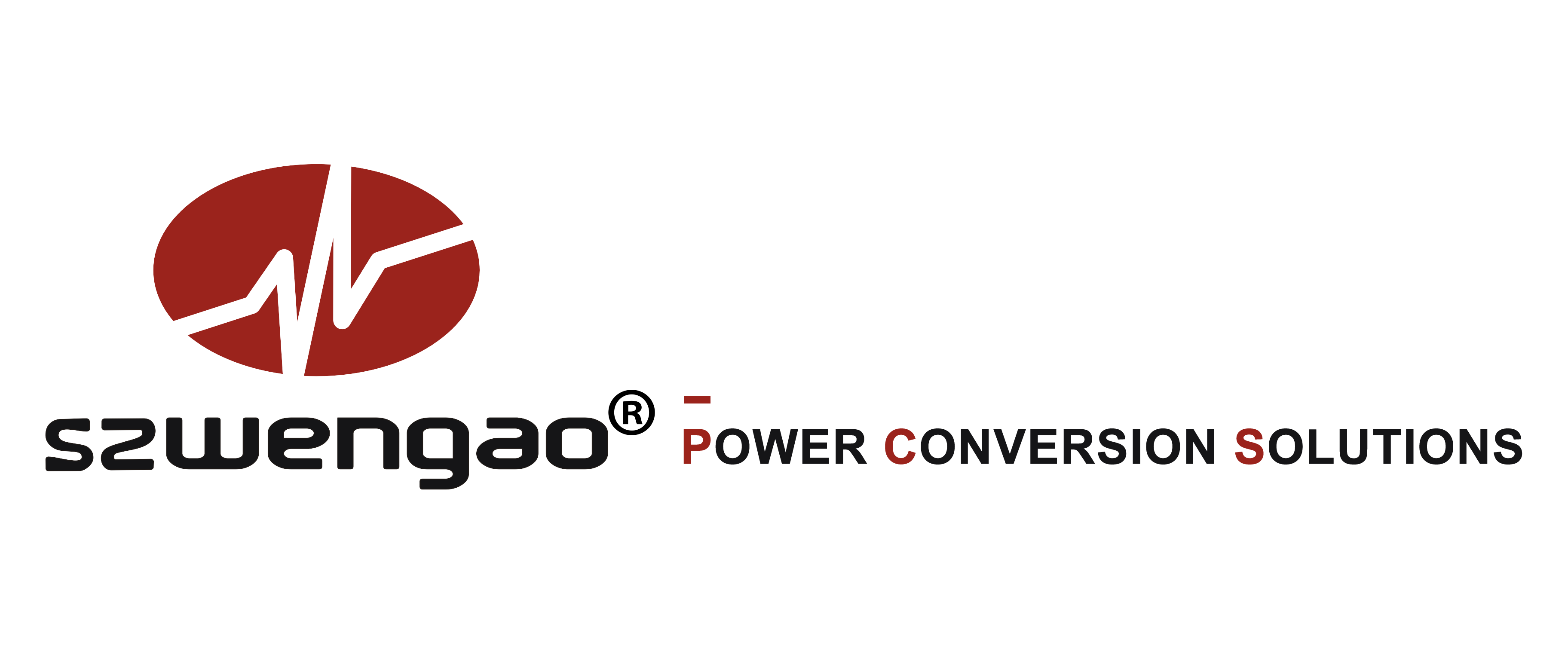
 EN
EN
 AR
AR
 BG
BG
 HR
HR
 CS
CS
 DA
DA
 NL
NL
 FI
FI
 FR
FR
 DE
DE
 EL
EL
 HI
HI
 IT
IT
 JA
JA
 KO
KO
 NO
NO
 PL
PL
 PT
PT
 RO
RO
 RU
RU
 ES
ES
 SV
SV
 CA
CA
 TL
TL
 IW
IW
 ID
ID
 SR
SR
 SK
SK
 UK
UK
 VI
VI
 HU
HU
 TH
TH
 TR
TR
 FA
FA
 AF
AF
 MS
MS
 GA
GA
 HY
HY
 BN
BN
 MN
MN

